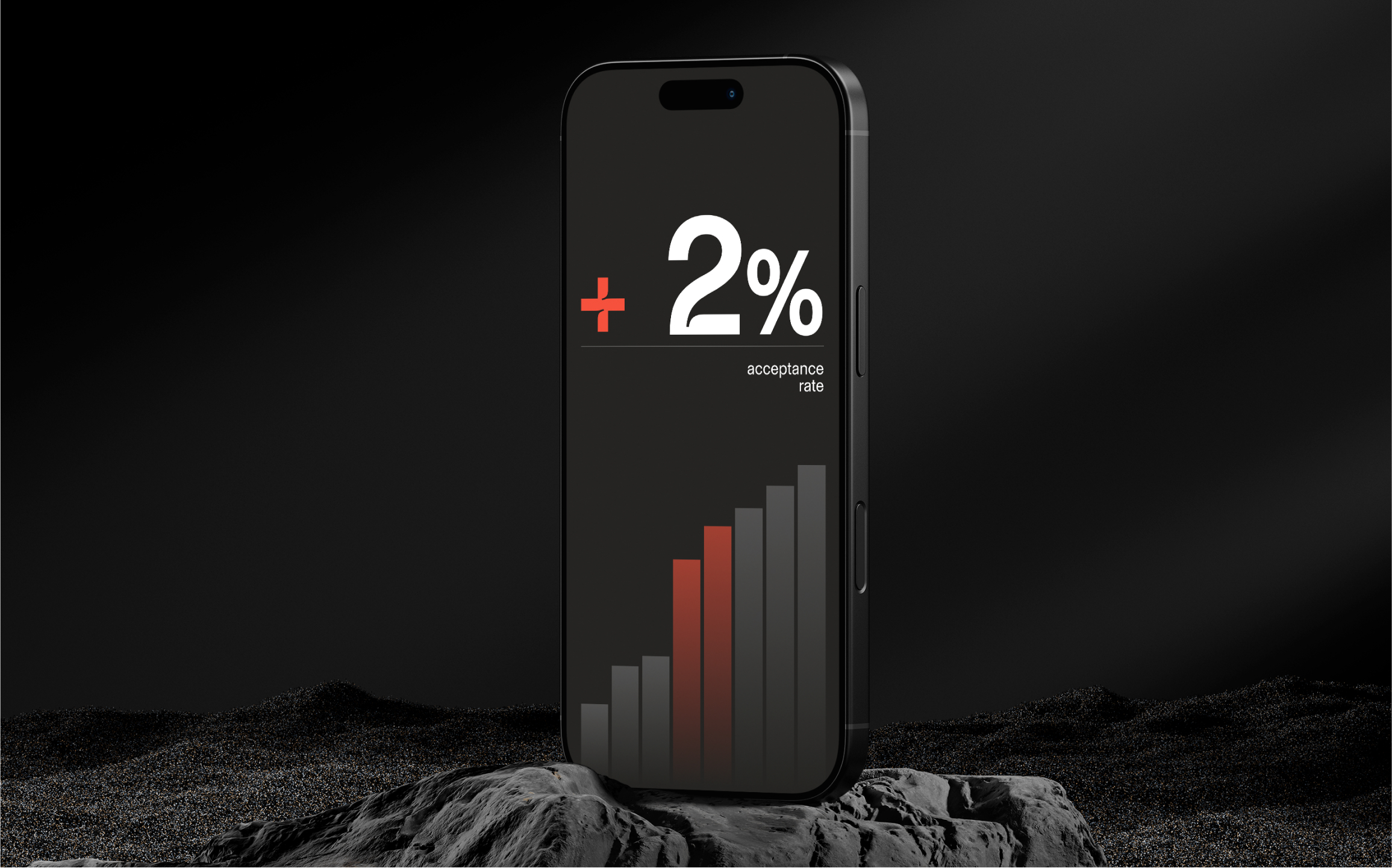The global economy is doing a twist and turn in 2024, grappling with a mix of challenges.
As we delve into the future, let’s explore key predictions and recommendations that will define the payment landscape in the coming years.
While some progress against inflation has been made in some areas, let’s not overlook the hurdles like supply chain chaos, trade rewiring, and geopolitical drama.
Inflation is offering a rollercoaster ride and is projected to dip to 5.2% in 2024, down from its peak of 8.7% in 2022, according to the IMF.
Central banks are doing a monetary policy dance, tightening the global money supply, while banks are teaming up with tech giants for that perfect dance of customer love and loyalty.
The fintech evolution is moving fast, and you’ve got to stay nimble to keep up.
In this tech-driven financial saga, being ahead of the game is our golden ticket. Because, let’s face it, the payment landscape is doing the cha-cha of change, with trends and technologies calling the shots in how we do transactions.
In the dynamic realm of financial technology, staying ahead of the curve is essential to meet the ever-evolving demands of consumers and businesses.
The payment landscape is witnessing a whirlwind of changes, with new trends and technologies shaping how we transact.
1. Digital consumption: transforming consumer behavior.
Consumer behavior is undergoing a significant transformation in the digital age, where transactions in the virtual world are designed to be discreet. The distinction between work and leisure, much like that between consumption and the rest of life, is increasingly blurred in this non-stop digital consumption era.
The prevalence of high interest rates from instant payday loan companies is a significant driver of these changes, making it too easy to access funds in digital environments impulsively.
Financial data provider Suomen Asiakastieto reported that by the end of 2019, over 386,000 people in Finland, a 1.3% increase from the previous year, had records of defaulting on payments.
Furthermore, the ease of online spending has blurred the boundaries between consumption and daily life, with automatic payments for services like Netflix and Spotify becoming commonplace, often forgotten, and turning into fixed costs rather than conscious consumer choices.
The increasing popularity of digital wallets is raising the importance of implementing security measures.
In the Nordics and Canada, numerous financial institutions have earned significant trust and goodwill by promoting the use of BankID and Interac Verified systems respectively as digital identity verification systems.
Biometrics, encompassing behavioral aspects such as analyzing a consumer’s touchscreen interactions, mobile app navigation, and typing patterns, are poised to play an increasingly crucial role in the ongoing battle against fraud.
The surge in online purchases and mobile payments is not only changing how we transact but also potentially leading to increased financial challenges.
2. Enhanced cyber security.
Cybersecurity and fraud protection are taking center stage in the world of fintech’s meteoric rise.
As open banking and tech partnerships flourish, so do the risks. Cyberattacks are evolving at warp speed, making vigilance more critical than ever.
According to PWC, data privacy and cybersecurity were the joint top concerns of 48% of their survey respondents regarding the impact of regulatory changes over the next five years.
Enter generative AI, now wielding the power to craft convincing “deepfakes.” Financial institutions find themselves grappling with the challenge of distinguishing genuine customers from eerily accurate digital replicas.
The rise of Ransomware-as-a-Service has propelled ransomware into a pervasive global threat, casting a shadow over businesses far and wide.
Navigating this dynamic risk landscape is no easy feat. It’s not just a hurdle; it’s a colossal barrier to upholding customer trust.
On the flip side, generative AI is making waves in fraud detection, anti-money laundering, client communication, marketing, product assessments, memo creation, and report generation based on research.
AI fraud detection systems rely on machine learning, known for its proficiency in processing and analyzing massive datasets. By assimilating knowledge from historical transaction data, the system can discern nuanced patterns and anomalies, enhancing the precision and timeliness of fraud detection.
In the realm of cybersecurity, where AI-driven solutions fortify defense mechanisms, cybercriminals are equally leveraging AI to finesse their tactics.
This symbiotic dance between AI and cybersecurity implies that as one side progresses, the other will swiftly adapt and innovate in a perpetual advancement cycle.
Fintech firms will invest significantly in cybersecurity measures to safeguard clients, data, and reputation.
3. Mobile wallets: from alternative option to dominant solution
The dominance of mobile wallets is imminent. By 2024, they are predicted to surpass credit cards as the most popular online payment method, constituting over a third of all payments.
Within Europe, digital wallets stand as the favored payment method, with almost 44% of Europeans expressing a preference for using e-wallet applications when making payments.
Already, retailers are attuning to this shift, with online marketplaces experiencing record growth.
4. The cashless society of the future is now a reality.
The transition to a cashless society is well underway, with cash accounting for a mere one-fifth of in-store payments globally in 2020, trailing behind credit cards and mobile wallets.
In the next 5 years, cash is expected to further dwindle, comprising less than 13% of worldwide payments.
As per data from the Bank of Finland and financial lobby Finance Finland, a mere 10% of the population in Finland continues to rely on cash for everyday transactions, marking a significant decrease from 25% within the past 5 years.
An increasing number of mobile wallets are now linked directly to bank accounts, driven by legal developments and growing acceptance of open banking.
By the decade’s end, global consumers are expected to become more accustomed to A2A-based wallets.
The shift away from cash is being significantly influenced by the prominence of instant payments and in various European nations like Germany, instant payments are viewed as a premium choice, indicating substantial potential for revenue expansion.
According to the 2023 McKinsey Global Payments Report, in Brazil Instant payments are anticipated to contribute to almost half of Brazil’s transactional revenue growth until 2027.
5. API integration.
Open banking and API integration are poised to reshape the financial industry, providing third-party service providers access to consumer data and fostering innovation, competition, and transparency.
As more financial institutions adopt open banking and API integration, customers stand to benefit from a seamless banking experience, accessing multiple financial services through a single platform.
Third-party providers, fintechs, bigtechs, and other software maestros, can now tap into customer data within payment providers’ systems through APIs. They seamlessly embed payments, making it a breeze for consumers to settle their dues as they navigate their shopping escapades.
Innovations like Zimpler A2A leverage open banking APIs to streamline payments, enhancing the convenience of account information access and initiating direct bank account payments.
This might just be the tip of the iceberg, with open data possibly extending its reach into nonfinancial realms, engaging with telecom and utility players. The landscape is evolving, and the ripples of change are becoming ever more intriguing.
6. Centralized payment infrastructure.
In the grand scheme, the payment sector is emerging as a pivotal force, driving down transaction costs, nurturing growth, and propelling the shift towards digitally empowered and inclusive economies.
At the heart of this transformation lies data. Payments, contributing around 90% of valuable customer data for financial institutions, paint a vivid picture of who’s buying, what they’re buying, and when. While this data goldmine opens up new revenue streams for payment businesses savvy enough to monetize it, it also exposes them to the challenges and risks associated with data privacy.
Recognizing the strategic importance, certain governments are weaving payment infrastructure into their industrial policies.
In Sweden, mobile BankID stands out as the most widely used service among smartphone users, boasting a remarkable 94% adoption rate. Presently, nearly every adult in Sweden possesses a digital BankID, issued by banks to ensure secure payment transactions.
The creation of payment infrastructure allows countries to manage money flows and stake claims on digital and data platforms.
The outcome? A proliferation of domestic payment methods is riding on these evolving infrastructures’ coattails. The landscape is shifting, and the implications are nothing short of fascinating.
7. Crossborder payments.
Historically, cross-border transactions have been slow, expensive, and tracking-challenged, especially with the intricate accounts payable processes common among larger enterprises.
However, a beacon of hope emerges with the ascent of cross-border instant payments, significantly alleviating this cumbersome situation.
While not yet ubiquitous, accounting for just 8% of global cross-border transactions by value in 2024, strides are being taken to interconnect national instant payment schemes.
This connectivity has the potential to bring substantial enhancements to B2B transactions. According to the latest PWC survey, a robust 42% of respondents strongly believe in the imminent acceleration of cross-border, cross-currency instant, and B2B payments within the next five years.
To tackle the intricate issues tied to legacy payment channels, payment vendors must take the lead in integrating the instant payment rails they support on a national level.
This conviction is underscored by the adoption of ISO 20022, a globally developed data transmission methodology that establishes a consistent messaging standard for payments.
Zimpler SEPA Instant Payouts make cross-border payments easy with no extra fees, no tedious admin for anyone and the money arrives in seconds. All the intricate compliance matters are handled so you don’t have to worry about a thing.
The winds of change are blowing, and the future holds promises of a more streamlined and efficient cross-border transaction landscape.
In this ever-evolving financial technology landscape, these predictions and recommendations offer valuable insights into the transformative future of payments.
Embracing innovation, enhancing security, and adapting to changing consumer preferences are key steps for businesses and financial institutions to thrive in the fintech era.
Final thought.
The need to reduce hurdles, streamline processes, and cut costly administrative overhead is more critical than ever. Easy integration is the key to achieving these goals, ensuring that businesses can navigate the rapidly changing landscape of payments with ease.
Ultimately, our collective future in the realm of payments holds both opportunities and challenges.
By embracing innovation, fostering financial inclusivity, and prioritizing security, we can unlock the potential of the payments landscape, making it more accessible, efficient, and equitable for all.
It’s the golden ticket to thrive in the ever-evolving fintech era.
Enabling businesses to onboard, pay, and receive payments locally and across borders in seconds, with instant settlements, is a game-changer. Payment solution provider Zimpler plays a pivotal role in the future of fintechs.
Join the payment revolution.
The information contained in this post is intended for informational purposes only, and should not be relied upon for professional advice of any kind. Zimpler does not make any representation or warranty as to the completeness or accuracy of the information, and assumes no liability or responsibility that may result from reliance on such information.



